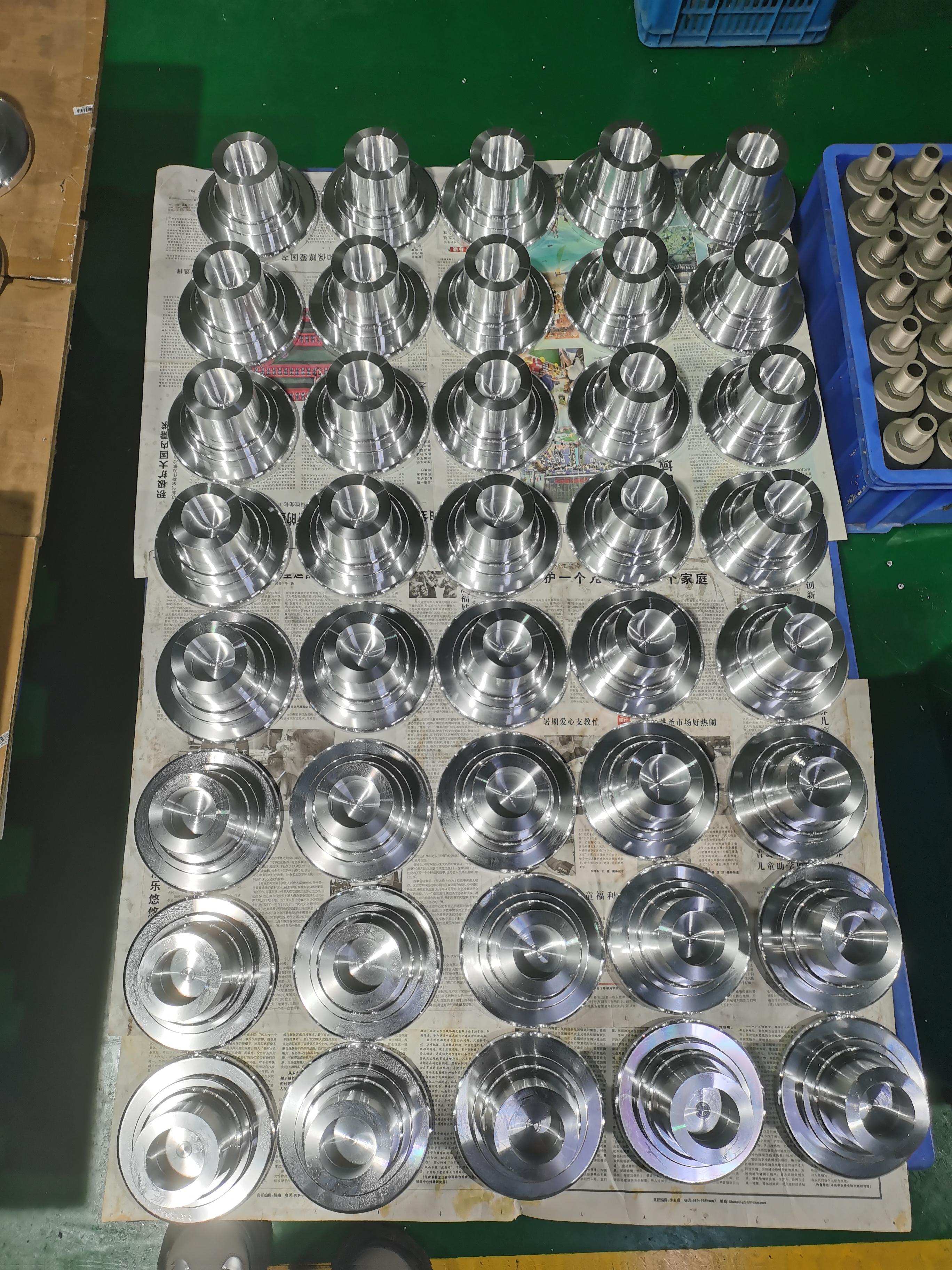The CNC machining process covers the design and formulation of machining technology, writing of machining programs, machine tool clamping and tool clamping, machining operations, machining inspection and trimming, etc. Each link requires accurate operation and strict control to ensure the efficiency of the processing process and the quality of the processed parts.

Design and develop processing technology
Before CNC processing, it is necessary to design the product and formulate the processing technology. Designers use CAD (computer-aided design) software to design products based on their requirements and functions. Then, the process engineer formulates the processing technology based on the product's shape, material and processing requirements, including selecting appropriate cutting tools, cutting parameters, cutting paths, etc.
Write processing program
The machining program is the core of CNC machining. It contains information such as machine tool movement instructions, cutting parameters, and cutting paths. Writing processing programs requires the use of CAM (computer-aided manufacturing) software to convert the product's design files into processing programs. When writing processing programs, factors such as the cutting performance of the material and the rationality of the process need to be considered to ensure the efficiency and quality of the processing process.
Machine tool clamping and tool clamping
Before CNC machining, the workpiece needs to be clamped on the machine tool and the appropriate tool selected for cutting. Machine tool clamping is the process of fixing the workpiece on the machine tool. It needs to consider the shape, size and processing requirements of the workpiece. Tool clamping is the process of installing the tool on the machine tool. It requires selecting the appropriate tool type and specification, as well as the correct installation method. The accuracy and stability of machine tool clamping and tool clamping have an important impact on machining accuracy and efficiency, so they need to be adjusted and inspected carefully.
Processing operations
After the machine tool clamping and tool clamping are completed, CNC machining operations can begin. The operator inputs the written processing program into the CNC machine tool controller, and then through the controller's instructions, the machine tool cuts according to the path and speed specified by the program. During the processing process, the operator needs to monitor the processing status and adjust cutting parameters and tools in a timely manner to ensure processing quality and efficiency.
Processing inspection and trimming
After completing CNC machining, the machined parts need to be inspected and trimmed. Inspection can use measuring tools and equipment to detect size, shape and surface roughness to verify whether the processed parts meet the requirements. Trimming is the process of trimming, grinding or polishing the workpiece to eliminate possible processing defects and improve the accuracy and surface quality of the workpiece.

